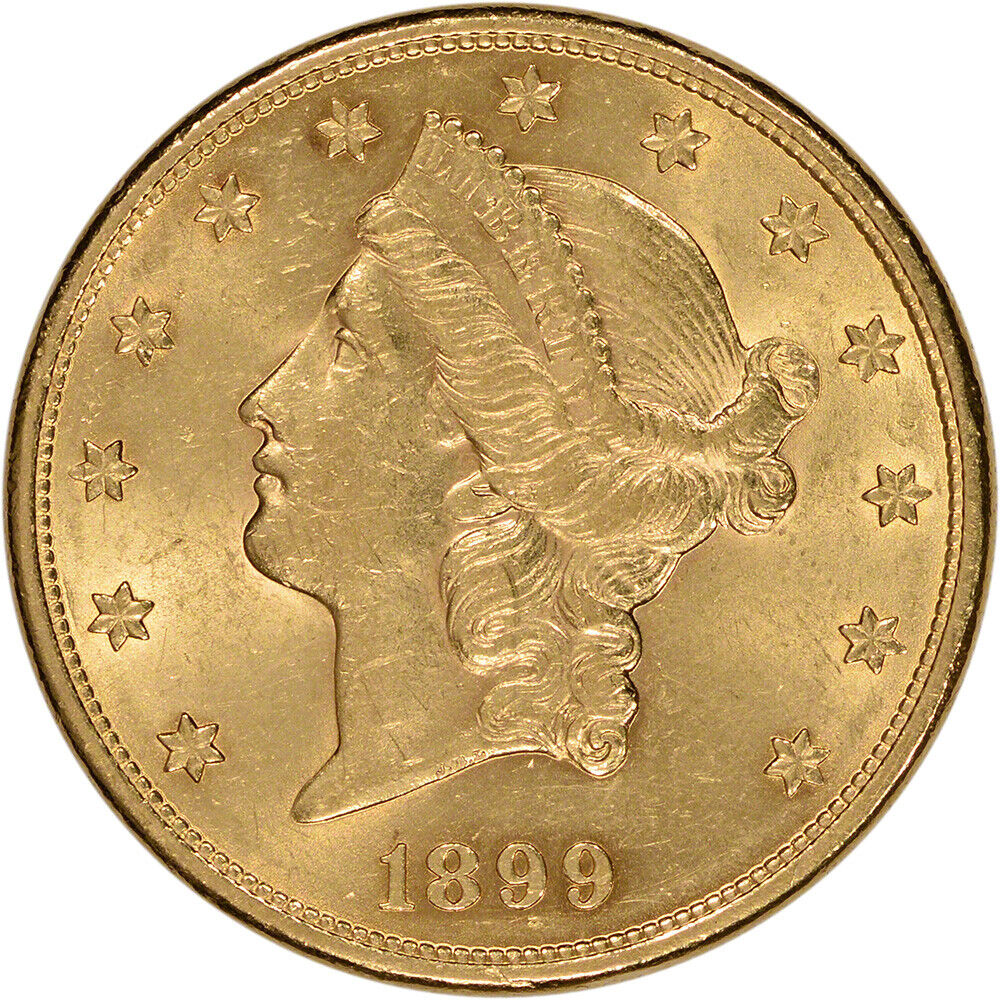Zimbabwe to Launch Gold-Backed Digital Currency
Zimbabwe has had a long history of economic instability. From 2004 until 2009 the country experienced five years of hyperinflation.
More than ten years later, the economy is Zimbabwe is still in shambles. The Zimbabwe dollar was reintroduced in 2019. More periods of high inflation quickly followed.



